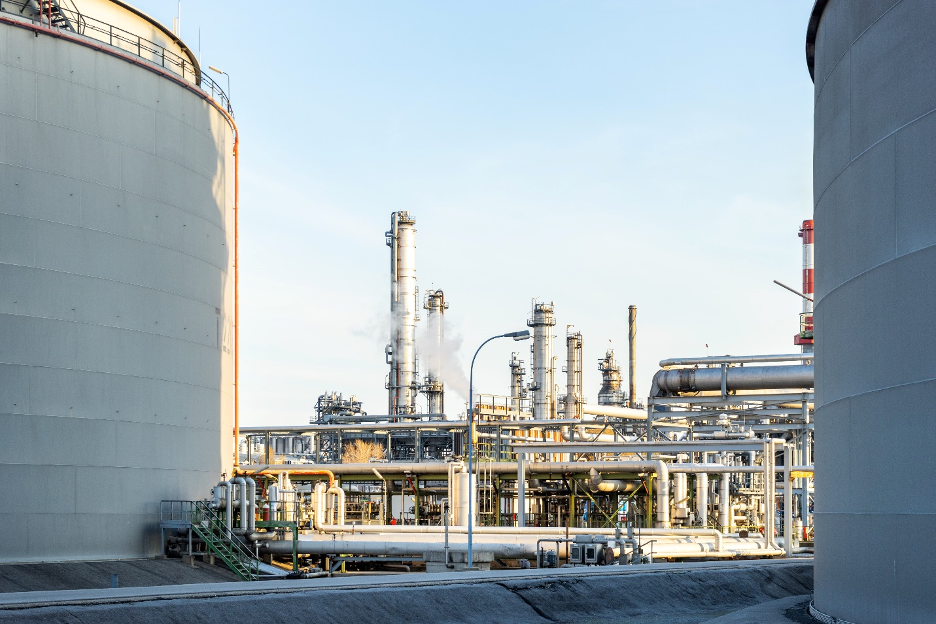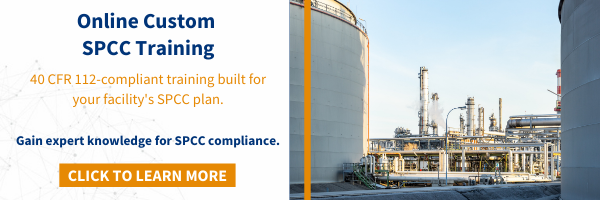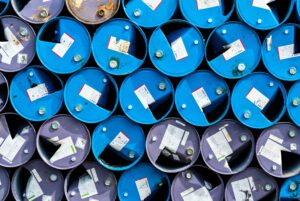After months of locally implemented shutdown orders due to COVID-19, companies are beginning to reopen. As your facility reopens, it is important to fully reinstate your environmental program to maintain continued regulatory compliance. Often during busy or uncertain times, required monthly inspections tied to your Spill Prevention, Control, and Countermeasure (SPCC) plan are the first to be left incomplete.
Lapses in your monthly inspections may lead to auditable findings and regulatory consequences. If your facility has gotten off track with your monthly inspections, there are several steps you can take to document the lack of inspections and get back on schedule in order to stay compliant.
Step 1: Document Lack of Inspections
If you have months when no SPCC tank and oil storage area inspections were completed, document that the facility was shut down by government mandate, and that the monthly SPCC inspections for March, April and May of 2020 were not performed. This document should be maintained with the SPCC plan and the inspection records.
Step 2: Get Back on Schedule
Perform a thorough inspection of your tank and oil storage areas as soon as possible. Document all deficiencies according to the inspection criteria listed in your SPCC plan.
There are several common deficiencies that can arise when a facility is manned with only critical staff:
- New and unlabeled drums or containers may have appeared in oil storage areas or in areas not previously containing oil. Visually inspect areas where drums or containers could have been placed by facility workers or outside maintenance contractors. Ensure labeled drums and containers have been placed in their correct storage areas, and make changes to your SPCC plan and inspection list as needed.
- Vegetation growth or standing water may have accumulated in storage and/or containment areas. These conditions inhibit visual inspections and may be detrimental to storage containers. Accumulated liquids reduce the capacity of your SPCC plan designated secondary containment. Any accumulated liquids should be inspected and removed according to your SPCC plan procedures, and vegetation should be cleared.
Step 3: Corrective Action
Address any issues brought to light during the inspections. Develop a plan to rectify these deficiencies, and document the progress and completion of these items.
With your inspection program fully reinstated, be sure to review other areas of SPCC compliance. Ensure that the required annual training for your oil-handling personnel has been completed. Review the training content to determine if you are meeting the requirements of the regulation, and evaluate if additional content is needed not only to maintain compliance but also to manage change in the event of emergency situations such as those we have recently encountered.
Tetra Tech can develop facility-specific or portfolio-wide SPCC compliance solutions that will help you meet your inspection and training obligations. We can be on-site physically or can be present remotely via virtual technologies, providing solutions and plan updates without disrupting site operations or unnecessarily exposing facility staff to outside visitors.
We also have an online customizable SPCC training course that can give your staff the tools needed to meet requirements. Whether you need a tank integrity inspection, an audit or plan updates, Tetra Tech can provide you the needed expertise to accomplish your goals and meet your regulatory burden.







